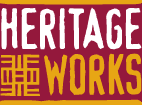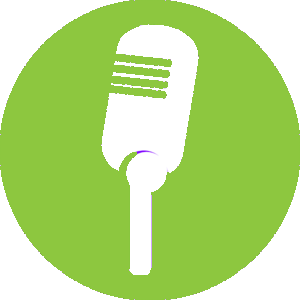Rhythm, Music, Oration and the Civil Rights Movement
Djembe Drum
Did you find the Goblet Drum in the Intersections Park? This drum is based on the West African Djembe (pronounced 'jem-beh') Drum. It is said that djembe comes from two Bambara words, 'Dièn' which means unity and 'Bin' that signifies harmony. The exact story of where the drum came from is not known, but many think that it began within the Mandinka people of Western Africa. The Mandinka people had a caste system and the blacksmith caste (Numu) were the first to be associated with the djembe. It was originally only played during the smelting of iron ore. Over time and the migration of the Numu, the drums popularity grew and became a part of daily life. The djembe drum is primarily the intrument of dance and used at most life events in West Africa. This and more history and information about the djembe drum can be found at www.afrodrumming.com
African American Preaching
The link between between African music, drums and preaching are strong. The rhythmic quality of sacred music that characterized life in West Africa, music of the civil rights movement and the preaching styles of King and other minister's are closely tied together. The rhythm and sounds of the drum are like our own heartbeat and make you feel something inside your body. Just as the rhythm and words of a preacher make us feel something inside our minds and bodies and awaken our spirit. An excerpt from an interview with Reverend Dr. James A. Forbes Jr. of New York's Riverside Church about King's impact on NPR radio, Reverend Forbes commented on King's preaching style "Well, I think that there was a kind of magic about the cadence and the tone of his voice and the way he actually started quite frequently fairly slow, but slowly you were enveloped and you were a part of his pace; you moved along with him. He engaged you. I mean, often he would ask a question repeatedly, and even if you didn't get a chance to answer back, you thought back an answer. It was a dialogical process. It was an interactive process."
Adinkra Symbol
Walk the path through Intersections Park and you might come across something that looks like a crocodile head, or a tail. That is because the Adinkra symbol that has been laid out with pavers throughout the park is a symbol of two interlocking crocodiles who share a stomach, meaning, “If one eats, then all eat.” Adinkra symbols are a visual representation of concepts and sayings developed by the Akan people of Ghana. This symbol represents unity through diversity or democracy. We thought this to be a beautiful choice for the pathway that leads visitors through the park. It's meaning is also inherently represented through the acts and principles of Martin Luther King Jr. and Rosa Parks and is shown in our neighborhood and the partnerships and processes that occurred in making this project happen. Serving as the park’s hardscape, the Adinkra symbol unifies the entirety of the site development.






